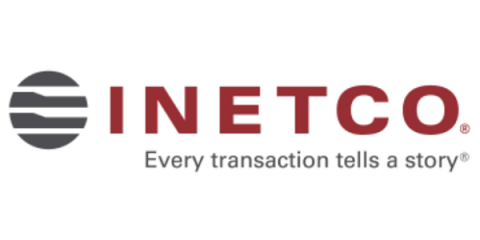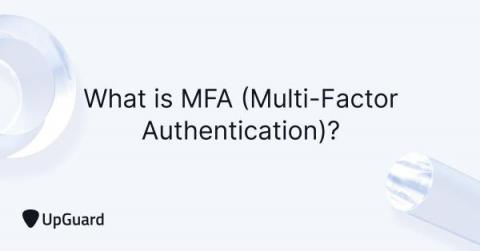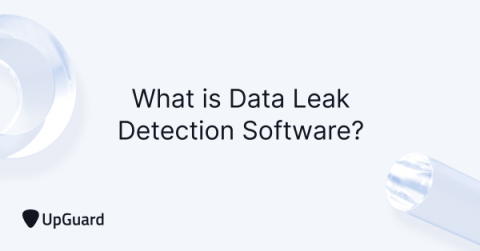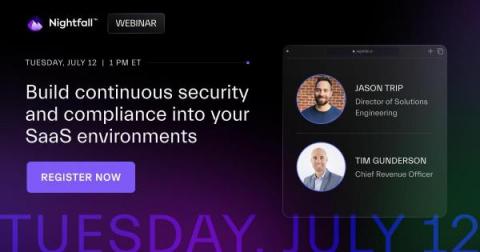Security | Threat Detection | Cyberattacks | DevSecOps | Compliance
Latest News
Navigating New Cybersecurity Policies and Regulations: What You Need to Know
2022 has brought in tighter cybersecurity restrictions and privacy regulations around the world. With the escalation of cyber threats due to the accelerated digital transformation and the Russian invasion of Ukraine, governments globally have made decisions to step up their cybersecurity defense and introduce new measures to protect businesses or national security.
Panther Labs CEO Jack Naglieri: How to make security operations painless
Today on the Future of Security Operations podcast, Thomas is joined by Jack Naglieri, CEO of Panther Labs, a cloud-native SIEM platform that alleviates the pain of traditional SIEM with detection-as-code, a robust security data lake, and huge scalability with zero-ops.
What is MFA (Multi-Factor Authentication)? Learn How it Works
Multi-factor authentication (MFA) is an authentication method that requires at least two forms of verification of the user’s identity to gain access to an account, application, or data set. Instead of needing just a username and password to log in, MFA adds additional layers of security by requiring users to verify their identity. Each additional verification method can prevent unauthorized access from cybercriminals or hackers from executing a successful cyber attack.
What is Data Leak Detection Software?
Data leak detection software identifies an organization's data leaks – the accidental public exposure of sensitive data due to software misconfigurations and poor network security. Data leaks quickly become data breaches when cybercriminals identify and exploit this exposed data. The following scenario demonstrates the progression of a cyberattack facilitated by a data leak attack vector.
5 Reasons Why Managed Detection and Response (MDR) Must be on Every Company's Security Roadmap
The Managed Detection and Response (MDR) solutions offered by security firms today are a far cry from those first deployed by vendors. To better understand how MDR has grown over the years and the changes Trustwave has implemented to stay ahead of the curve, we spoke with Trustwave's Jesse Emerson, Vice President, Solution Architecture & Engineering.
The Importance of Continuous Security & Compliance in SaaS Environments
We’re living in the era of “giga-breach,” where cloud data breaches can easily expose in excess of one billion records. As such, the stakes couldn’t be higher for cloud security teams seeking to secure cloud environments. That’s why it’s important to understand the key vectors driving data breaches today. Read on to learn more, or click the thumbnail below to join our upcoming webinar, where we’ll discuss these trends in detail.
What Are the Most Prevalent Flaws in Your Programming Language?
A few months ago, we released our 12th annual State of Software Security (SOSS) Report. In our announcement blog, we noted new application development trends (like increased use of microservices and open-source libraries), the positive impact that Veracode Security Labs has on time to remediate security flaws, and the increased use of multiple application security scan types. But what we have yet to dive into is the security flaws we found in different programming languages.
Penetration Testing: Practical Introduction & Tutorials
You’ve built an awesome business — it is booming and making money. You’ve streamlined all the processes and operations. Business is good. But, when you build something great, it attracts cyber criminals. Your business is valuable to you and cybercriminals can leverage it. That’s why security is important. You can use different security approaches to secure your application, infrastructure and network. In this post we’ll focus on one such approach: penetration testing.
NIST SP 800-161r1: What You Need to Know
Modern goods and services rely on a supply chain ecosystem, which are interconnected networks of manufacturers, software developers, and other service providers. This ecosystem provides cost savings, interoperability, quick innovation, product feature diversity, and the freedom to pick between rival providers. However, due to the many sources of components and software that often form a final product, supply chains carry inherent cybersecurity risks.











